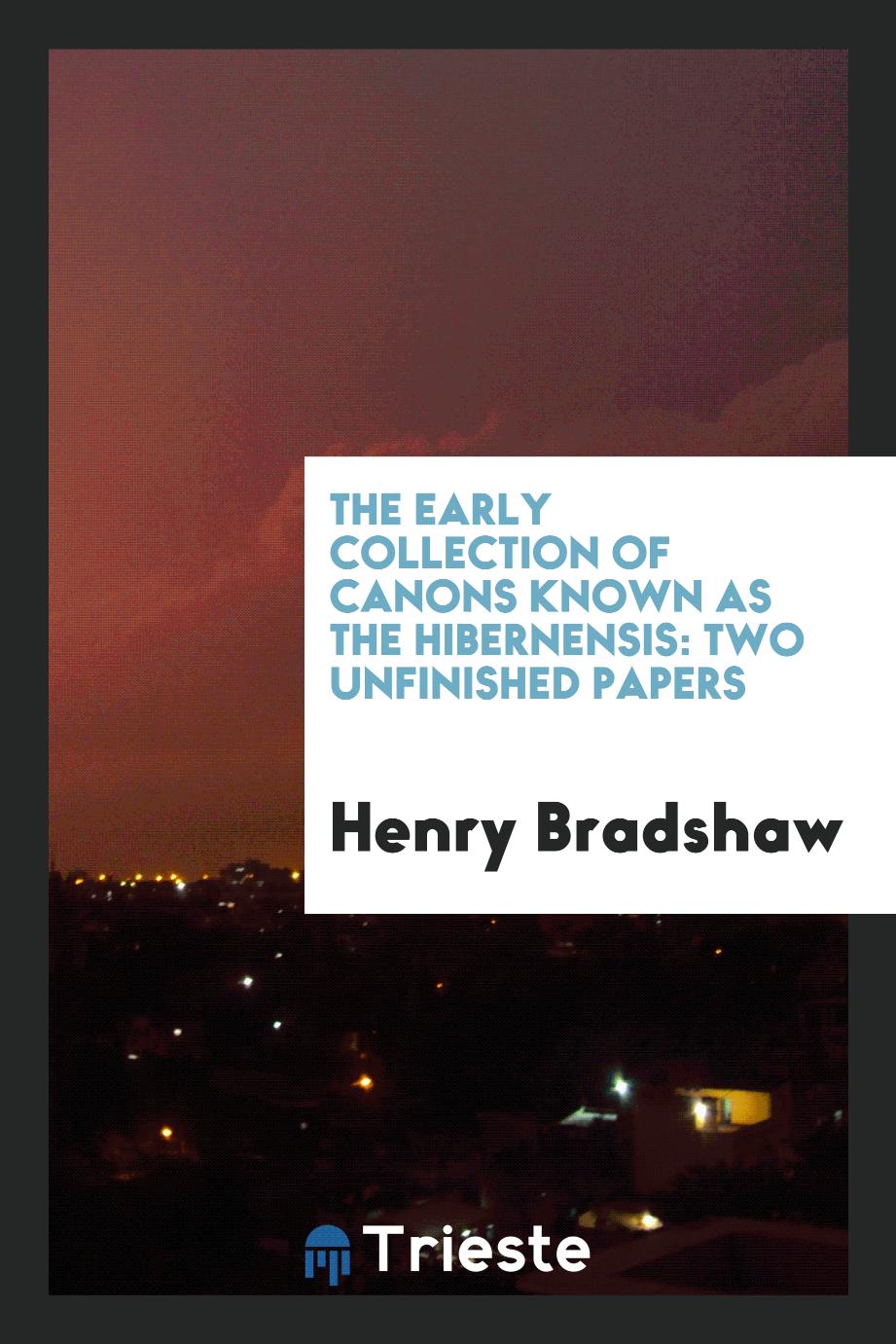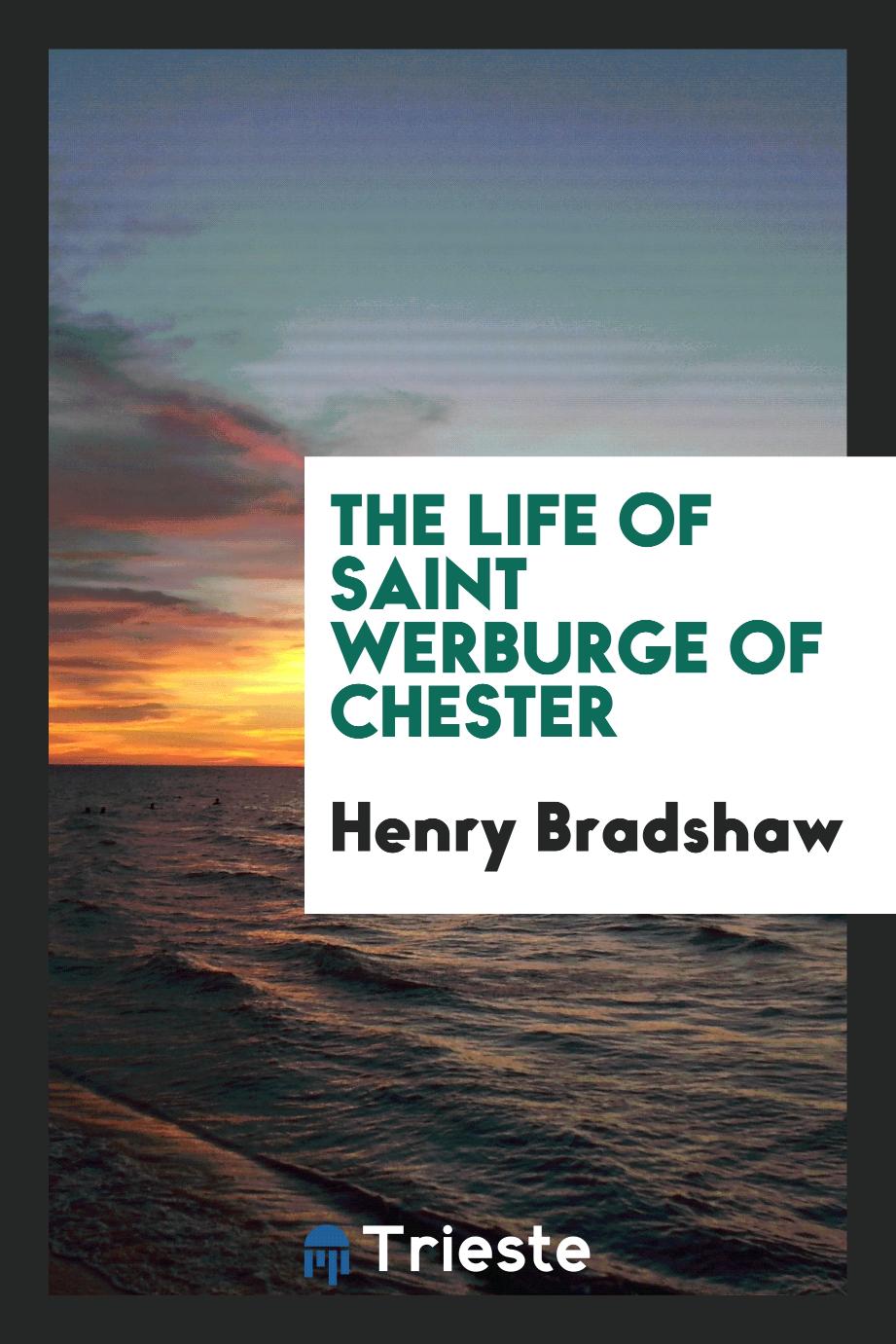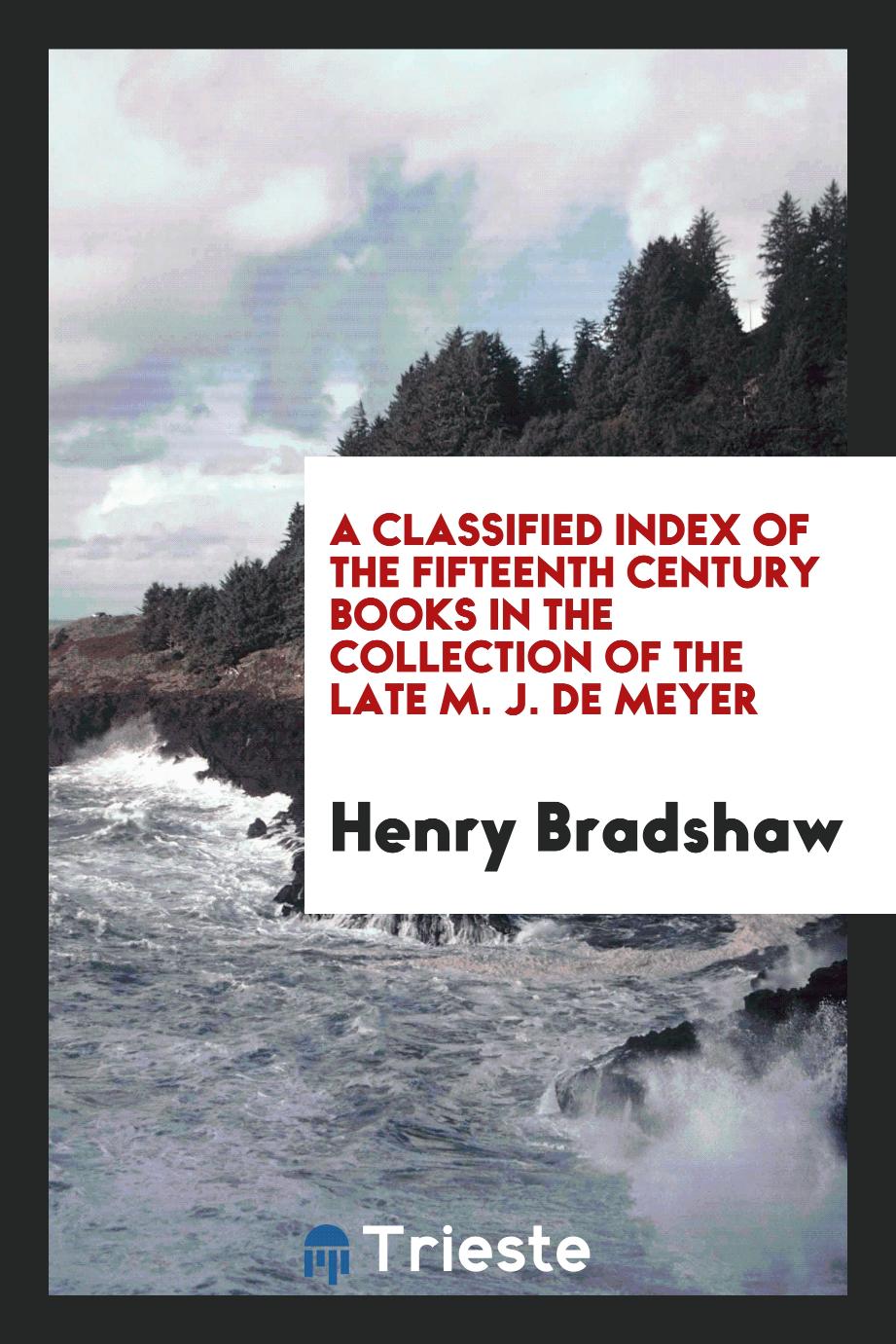
Henry Bradshaw
Henry Bradshaw (c. 1450–1513) was an English poet born in Chester. As a child, he was admitted to the Benedictine monastery of St. Verburg, and after training with other newcomers of his order at Gloucester College in Oxford, he returned to his monastery in Chester. Bradshaw wrote the Latin American treatise De antiquitate et magnificentia Urbis Cestricie, which is lost, and the life of the patron saint of his monastery in an English seven-string stanza. This work was completed in the year of the death of its author, 1513, mentioned in the "Balade for the author", printed at the end of the work. The second ballad describes him as "Harry Braddash, from the Cestral Abbey, a monkey." Bradshaw refuses the merit of originality and cites authorities from which he translates: Beda, William Malmesbury, Giraldus Cambronsis, Alfred Beverly, Heinrich Huntingdon, Ranulf Higden, and especially the “passionate” or saint’s life preserved in the monastery. Therefore, the poem, which its editor Dr. Karl Horstmann defined as “a legendary epic,” is more a collection than a translation. It contains a lot of history besides the real life of the saint. St. Petersburg was the daughter of Wolfera, king of Mercia, and Bradshaw gives a description of the kingdom of Mercia with a full description of his royal house. He tells the story of St. Ermenilda and St. Sexberg, the mother and grandmother of Verburg, who were successively the abbeys of Ely. He does not neglect the miraculous elements of this story, but he is more attracted to historical fact than legend, and the second book tells about the Danish invasion in 875 and describes the history and antiquities of Chester since its foundation by the legendary giant Leon. Gaur, from whom he received the British name Carleon, right up to the great fire that devastated the city in 1180, but was suddenly extinguished when the shrine of St. Verburg was moved by a procession through the streets. The edition of Pynson Holy Lyfe is very rare, only five copies are known. A reprint of the original font was edited by Mr. Edward Hawkins for the Chetam Society in 1848 and Dr. Karl Hortsmann for the Society for the Early English Text in 1887.


